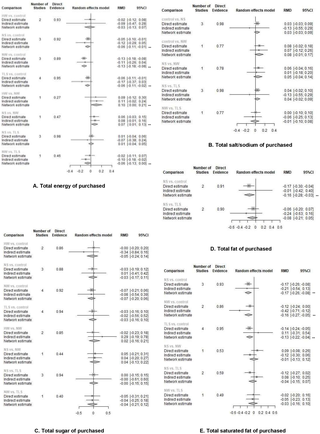A systematic review and network meta-analysis

Inclusion and exclusion standards, information extraction, and bias evaluation
Authentic research had been chosen based mostly on the inhabitants, intervention, comparator, end result, and research design (PICOS) framework (Table 1). All randomised managed trials (RCTs) and quasi-experimental research assessing 4 varieties of interpretative FOPLs (TLS, NS, NW, and HW) had been included. As well as, cross-sectional and cohort research had been included within the evaluation of secondary outcomes (see “Measurement of outcomes”). We adopted the standards of a earlier meta-analysis, which set a management group by merging each Vitamin Details desk (NFt, also called Vitamin Info Panel in some nations) and no-label situation into the management group in the principle analyses, in order to extend the statistical energy and precision of community meta-analysis (NMA) [25,42]. Research that featured different interpretive or noninterpretive FOPLs (e.g., Guideline Each day Quantity, Well being Star Ranking) because the reference group weren’t eligible as they differed an excessive amount of from the management group specified (i.e., back-of-package labels and no-label management). Evaluations, research protocols, and convention abstracts had been additionally excluded.
Comments
0 comments